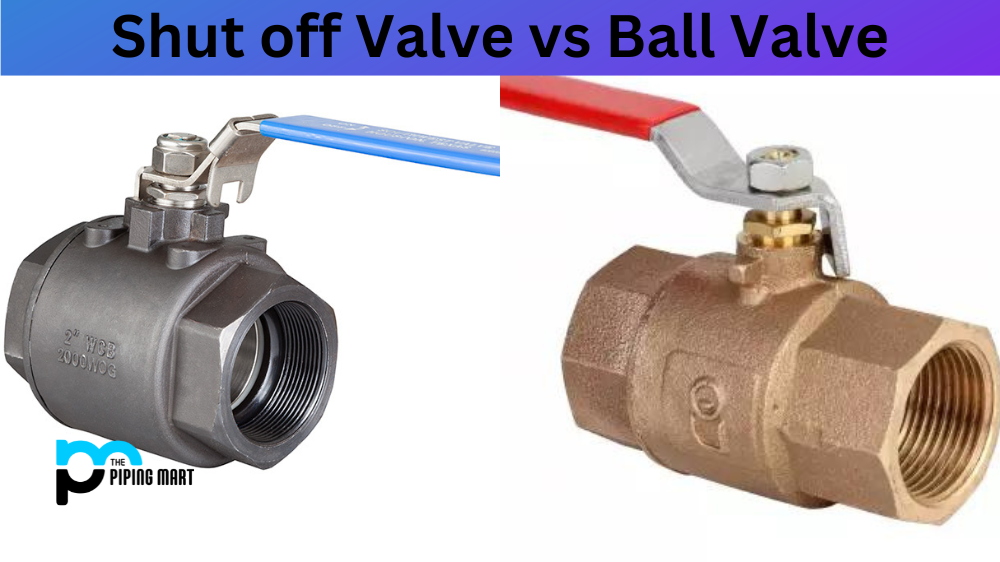If you’re a DIYer or hobbyist, chances are you’ve heard of soldering and brazing. But what is the difference between these two processes? Are they interchangeable? Read on to learn more about soldering vs brazing.
Temperature and Strength
The main difference between soldering and brazing is temperature. Soldering occurs at temperatures around 400°C (752°F), while brazing occurs at temperatures that reach up to 1000°C (1832°F). This higher brazing temperature allows it to join metals with much higher melting points than those used in soldering. The higher temperature also creates stronger bonds than those formed by soldering.
Types of Metals Used for Soldering and Brazing
Brazing is often used to join metal pieces made from stainless steel, brass, copper, aluminium, or other alloys with high melting points. In contrast, soldering can join metal pieces made from zinc, lead, tin-based, or other metals with lower melting points. In addition, the metals used in the process must be reasonably clean to form a strong bond between them.
Processes Used for Soldering vs Brazing
Soldering requires flux to create a strong joint between two pieces of metal by filling in any gaps created by oxidation or surface impurities. Flux helps prevent further oxidation during the heating process while also helping to increase the bond strength between two pieces of metal. It also helps ensure that solder flows adequately around both surfaces when heated up. On the other hand, brazing requires filler material such as silver or copper alloy rods which are melted into place using an oxyfuel flame or electric arc torch. Once cooled down thoroughly after heating, some filler material will remain in the gap between two pieces of metal, forming a strong bond between them.
Difference Between Soldering and Brazing
- Soldering is a process in which two pieces of metal are joined together by melting and flowing a filler metal into the joint.
- Brazing is a process in which two pieces of metal are joined together by melting and flowing a filler metal into the joint.
- Soldering is typically used for electrical applications, while brazing is used for structural applications.
- Soldering can be done at lower temperatures than brazing, making it ideal for delicate electronic components.
- Brazing can create stronger joints than soldering, making it ideal for applications where strength is critical.
Conclusion:
In conclusion, there are several differences between soldering and brazing, including temperature requirements for each process and types of metals used for each process – but both processes can be used to form strong bonds between two pieces of metal if done correctly. Knowing which type of bonding works best for your project will depend on what materials you have available and how much time and energy you want to invest in your project – so make sure to weigh both options carefully before deciding which one is right for you!

A passionate metal industry expert and blogger. With over 5 years of experience in the field, Palak brings a wealth of knowledge and insight to her writing. Whether discussing the latest trends in the metal industry or sharing tips, she is dedicated to helping others succeed in the metal industry.




